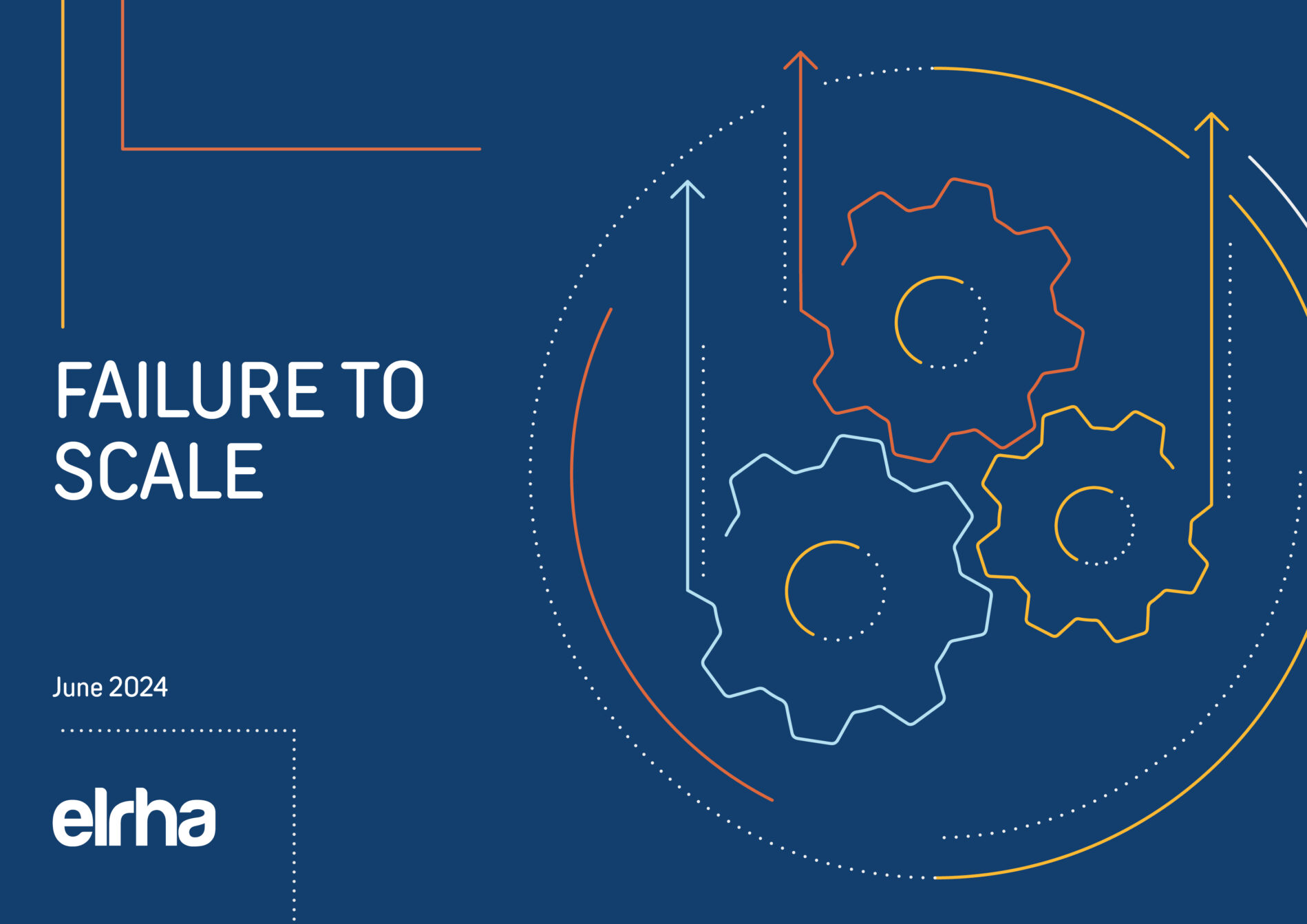Policy Brief: Violences envers le personnelsoignant dans la province du Sud-Kivu, est de la RDC

This policy brief summarises findings in French from DRC for the formative stage of the research project "Reducing violence against health care in DRC and Iraq via citizen science and de-escalation trainings". This qualitative research aimed to understand the context of violence against healthcare workers in three health zones in South Kivu: Kamituga, Walungu and Katana. The brief describes the causes, triggers, perpetrators, and types of violence as well as its consequences and what prevention mechanisms are in place. It considers the effectiveness and applicability of the existing prevention mechanisms, and makes recommendations for improving these.
The findings show that causes and types of violence are varied, abuse may be physical and verbal, as well as financial and sexual. Direct aggression such as physical and verbal abuse can be from patients, patients family and friends, and sometimes the general community during mass attacks. Indirect aggression, where individuals may incite others to act violently, more often comes from healthcare personnel themselves driven by jealousy or revenge, and political, administrative, and traditional authorities when they disagree with the decisions made. Despite the prevalence of violence, it often goes unreported, and there is no formal system for reporting assaults in healthcare facilitites.
Based on the findings, and building on the mechanisms that already exist to prevent violence against healthcare workers, the following recommendations are made for policymakers and practitioners in DRC:
- Policymakers to standardise the objective recruitment process of healthcare workers across all facilities.
- Decision-makers to support health zone management teams to enforce the decisions taken at healthcare meetings to prevent violence.
- Ensure mechanisms are in place to allow both the good communications between health facilities and the communities they serve, and the response to community feedback.
- Consider establishing a co-designed code of conduct emphasises the behaviors to be adopted by both patients and their families, as well as by healthcare personnel at the health facility level. This should be enforced by relevant actors, for example by establishing a system of sanctions.
- The government should review the compensation policy for healthcare personnel, as they are often either unpaid or receive inadequate pay.